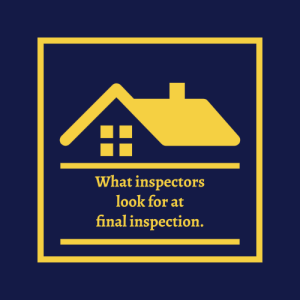september 2022, issue 1
ELITE PERMITS
BRIEFING ON CONSTRUCTION & Some other stuff
Written by TATIANA gUSt
I love this topic because people are always asking me how to extend or maintain their permit open legally, and it is actually pretty simple. The current codes tell you exactly what to do, but not all the building departments are very clear at communicating this.
The main reason is they don’t want open permits for many years, as it could become a nuisance to adjacent buildings or neighbors. I have seen active permits for over 10 years, legally.
A little background: building permits are locked in with the code in effect that the application was submitted and accepted. Therefore, you need to look at the requirements outlined in the building code at that time to keep the permits active. Remember, from a previous blog(CLICK HERE), we discussed you don’t have a permit until it is approved, and before the approval, it is only an application.
When you have an application (permit not approved), then the application is valid for 180 days if pursued in good faith. This language leaves a lot of room for interpretation, but for the most part, if you are responding back and forth to the building department, the building official considers 180 days since the latest response.
Once the permit is approved, as long as you have a passing inspection every 6 months (180 days), your permit is considered in active progress. This does not mean that you have to pass an entire area of the project. A partial pass inspection will suffice to maintain your permit open.
We have seen this time frame consistently within the building codes and at the local building departments for the last 20 years.
Now, if work has commenced and the permit is revoked, becomes null and void, or expires because of lack of progress or abandonment, a new permit covering the proposed construction needs to be obtained before proceeding with the work.
If you request a new permit, or extension within 180 days of expiring, you may continue work under the originally approved permit. But if you process the request after 180 days from the latest action, the building official may require you to remove work already completed and apply for a new permit, and if there has been a change in the code, you may have to comply with different requirements. Most building officials will work with you with extensions unless the work was abandoned for years with no good reason.

Remember, the number 180 days is very important in code compliance. This is the time elapse that you have to ensure your project is in active progress or you need to request an extension without having to comply with new codes.
Let me know if you have additional questions about the building codes or construction process. Follow us for more and share our blog!







